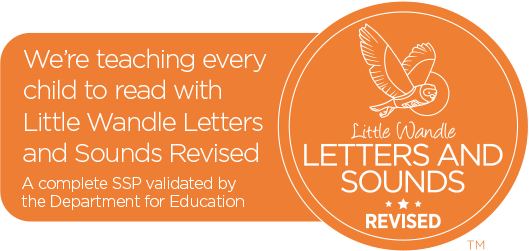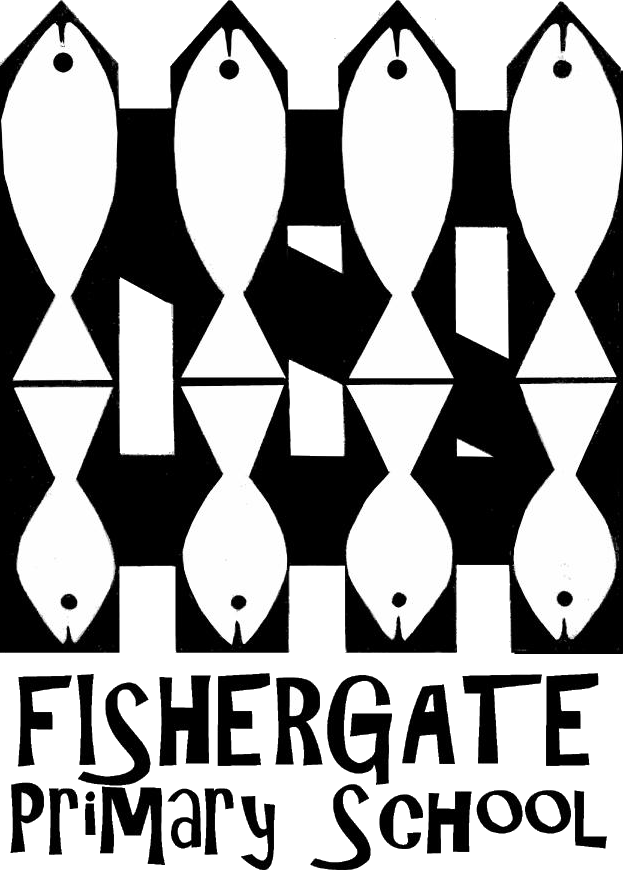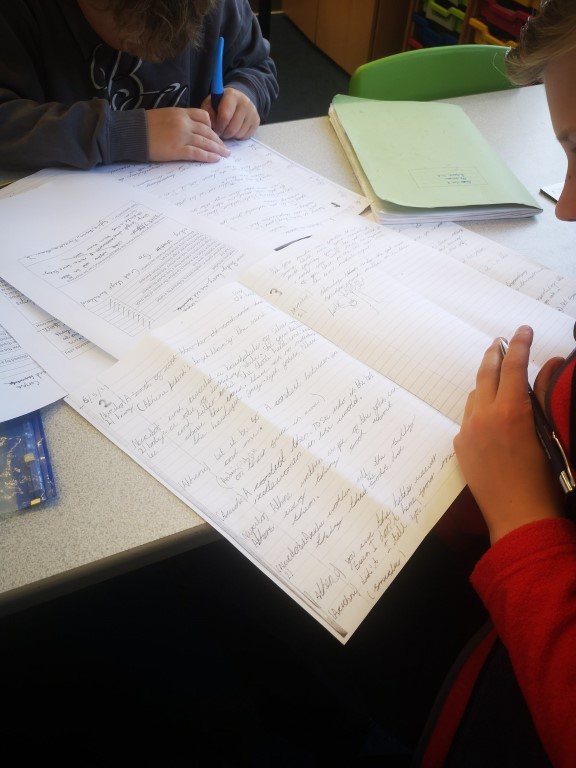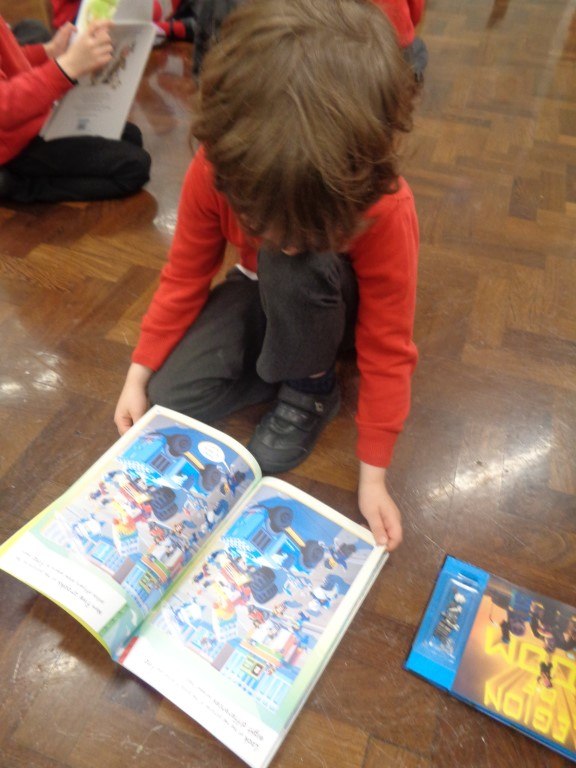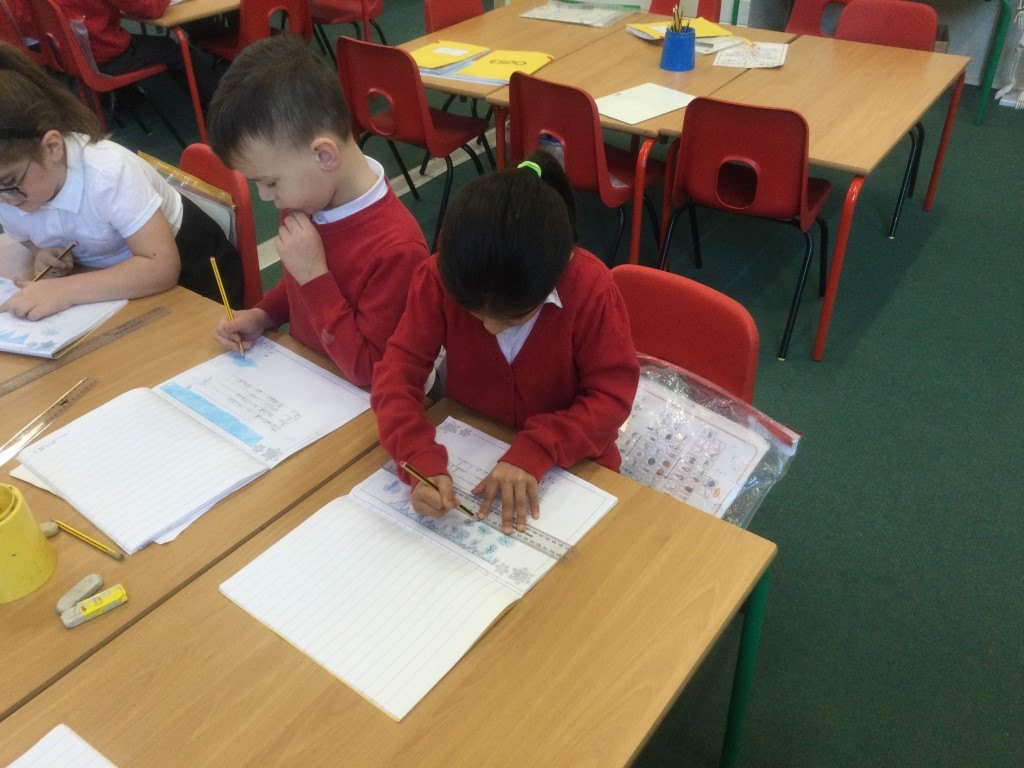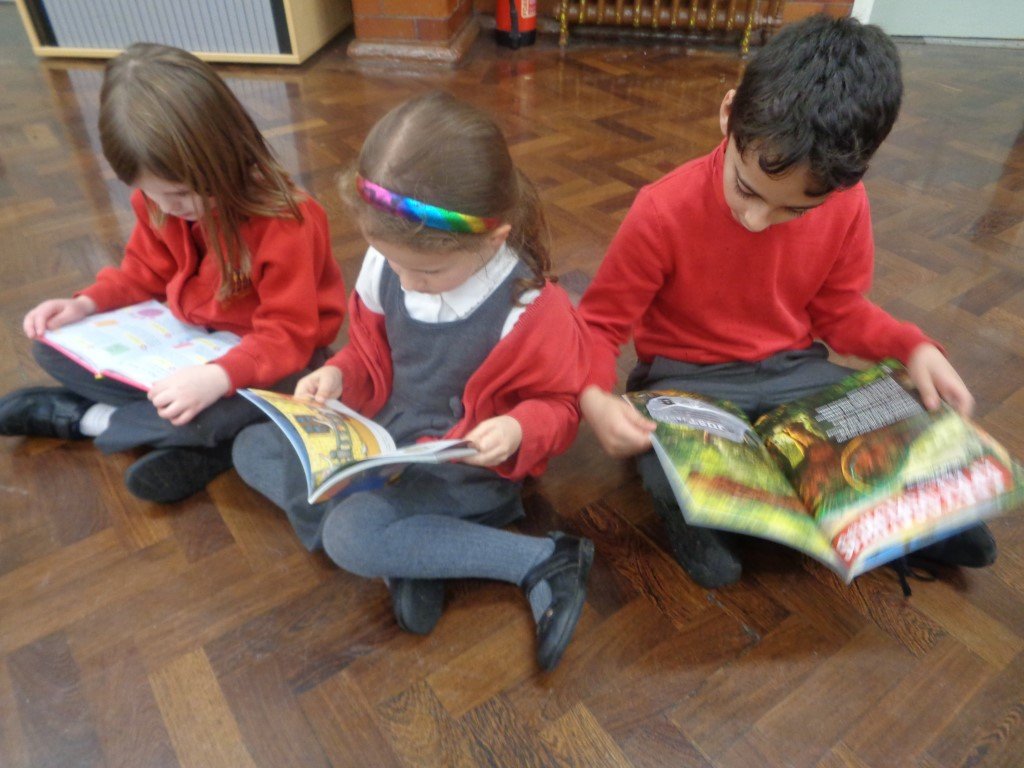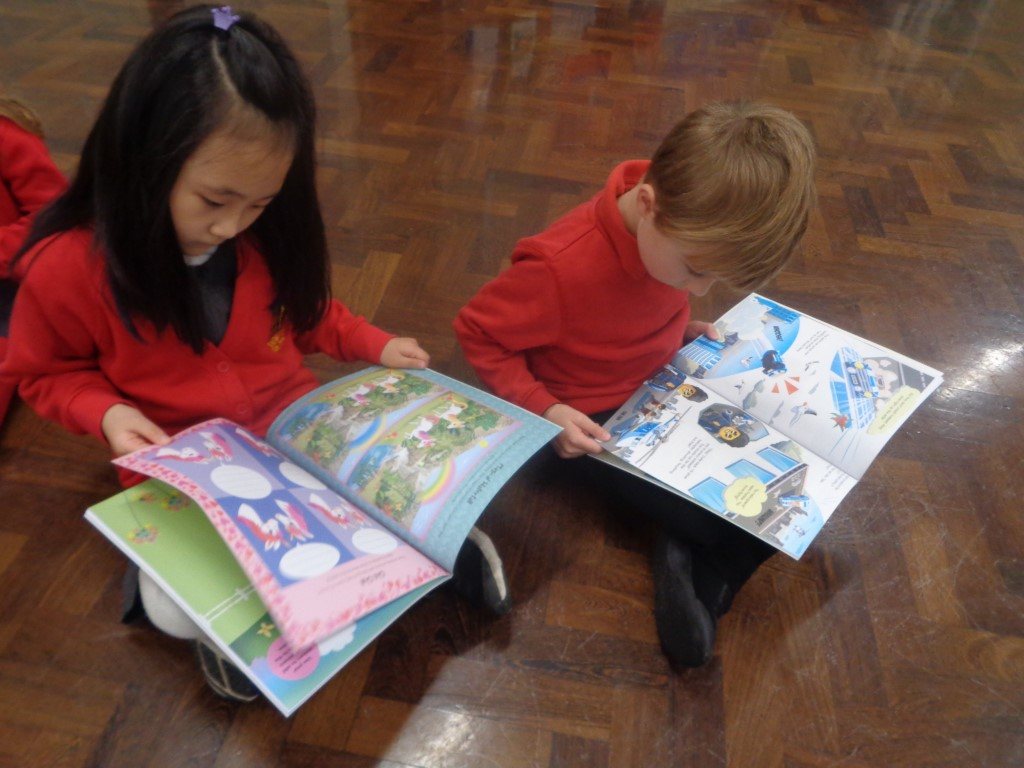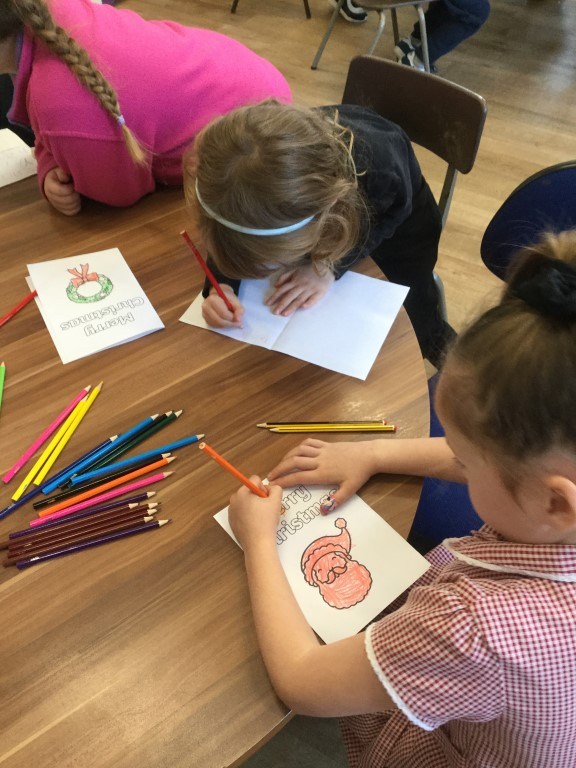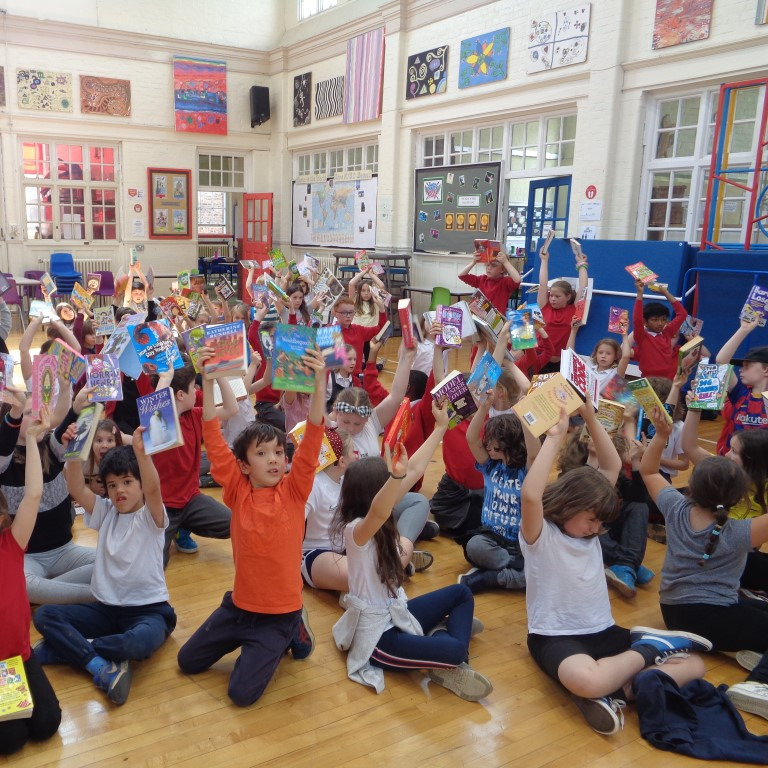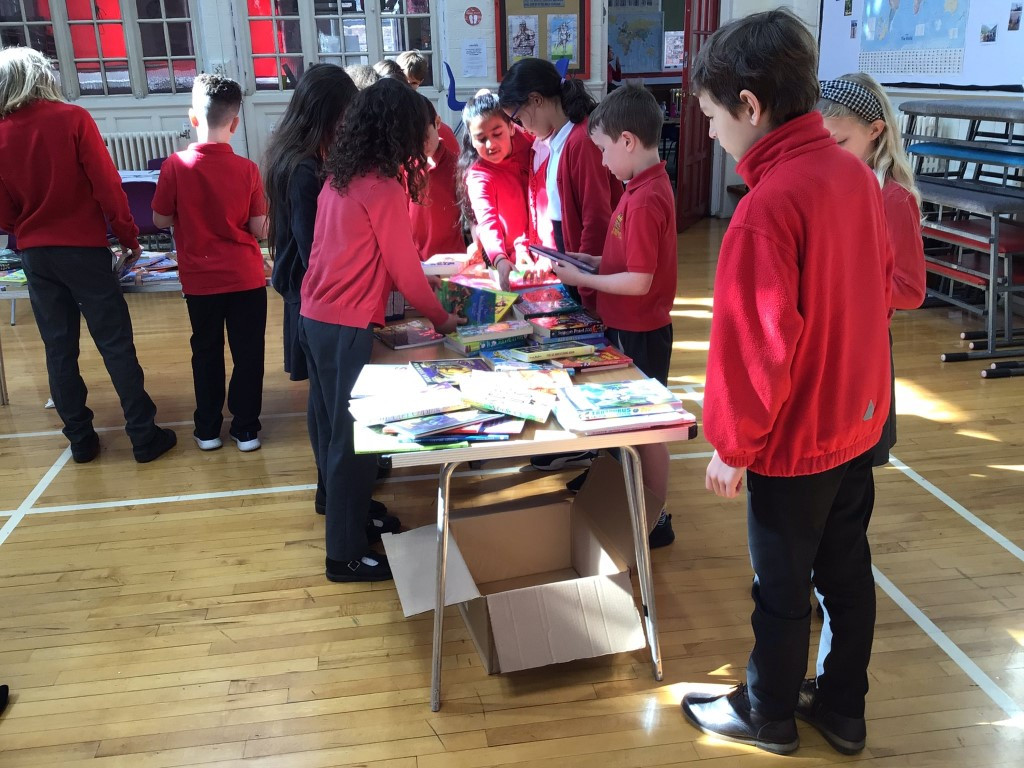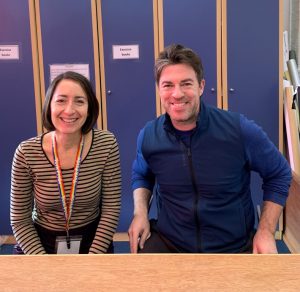
Ms Rees and Mr Pennington, English Leaders.
In English, we aim:
-
To enable children to articulate their ideas clearly and audibly in ways which take account of their listeners, making effective use of a widening vocabulary.
-
To use talk to explore, develop and sustain ideas.
-
To encourage children to listen with interest and understanding, able to comment on a speaker’s use of language.
-
To create, share and evaluate ideas and understanding through drama activities.
-
To teach children to read fluently and with confidence (initially using their phonic knowledge and skills in blending as a prime approach to decoding.)
-
To encourage children to become enthusiastic and reflective readers through varied, challenging and longer texts, able to discuss for example: text structure and organisation and writers’ use of language.
-
To provide opportunities for children to write purposefully in a range of genres, often presenting work creatively.
-
To help children to see themselves as confident writers with the skills to shape and adapt their writing, making appropriate punctuation, grammatical and stylistic choices.
-
To develop the children’s ability to evaluate their own work, using drafting, peer and self-marking to edit and improve their work.
-
To tackle the spelling of unfamiliar words confidently, drawing on a range of strategies.
- To use clear, fluent, joined handwriting.
Phonics and Reading Schemes
Since September 2022, we have been using Little Wandle Letters and Sounds Revised as our phonics scheme.
Documents, Links and Further Information
- Click here for planning and progression documents in all subjects, including English
- How We Teach Phonics and Reading
- Helping Your Child with English
- Handwriting Guidance:
- Click here to read our English Policy and our Phonics and Early Reading Policy
- Our Marking and Feedback Policy can also be found on the Policies & Documents page
- Useful weblinks
- Click here for news posts on the website about English
